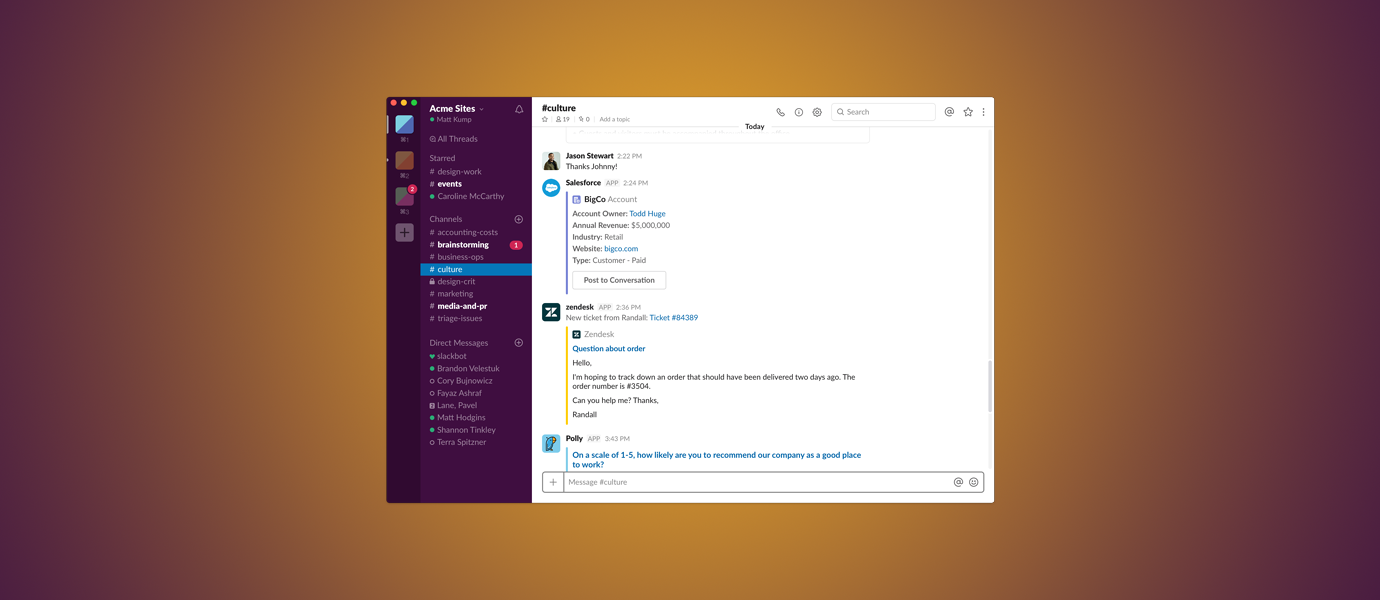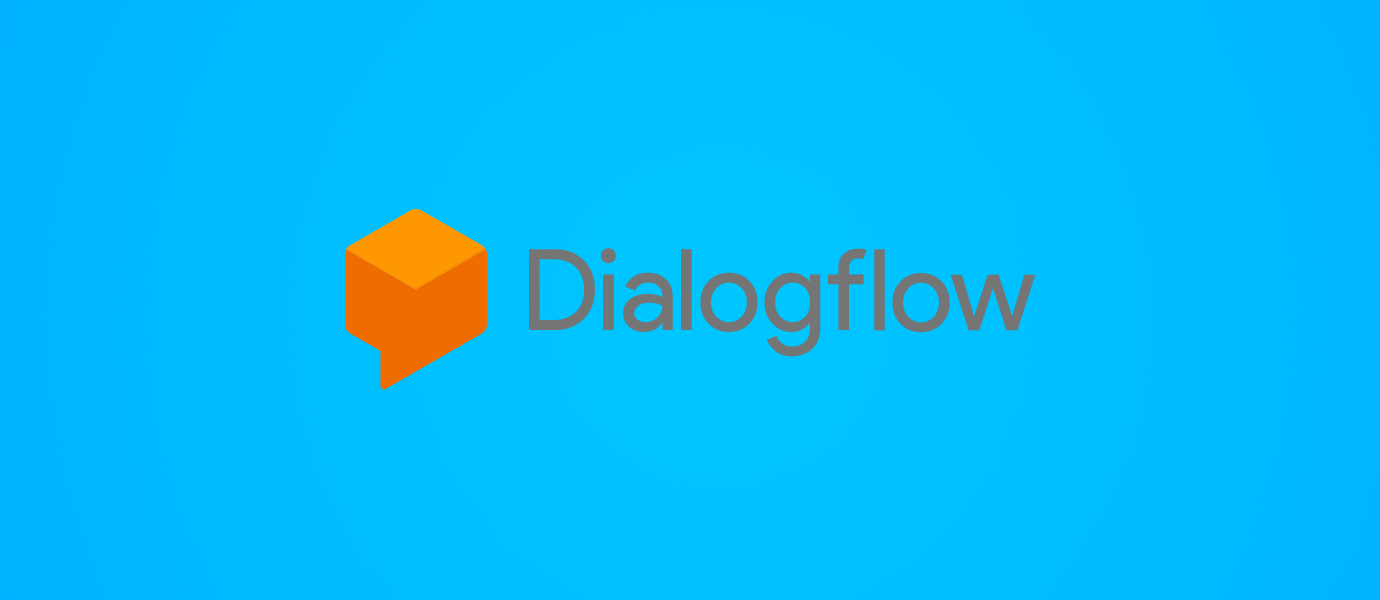What is a Webhook?
A webhook is a technique used by a web application to send notifications to a specific, user-defined URL when something happens.
Once an external URL has been defined by a user for some notification or other, the application will send an HTTP request (either POST or GET) to that URL whenever the webhook is triggered by new data. Webhook requests will usually contain JSON or XML data relating to the notification, which the receiving server or application can then process as desired.
Webhooks present an easy way for application users to keep updated with what's happening on the app, and importantly, they allow scripted integration with other independent apps. For example, the URL which receives a webhook request can be configured to parse the notification payload and then do something useful with it, like instantly pushing the data to a team chat room in real time (e.g. with a chatbot).
The webhook mechanism is neither complicated nor inherently restrictive, which means that webhooks can be used to great effect with a little imagination and planning.


